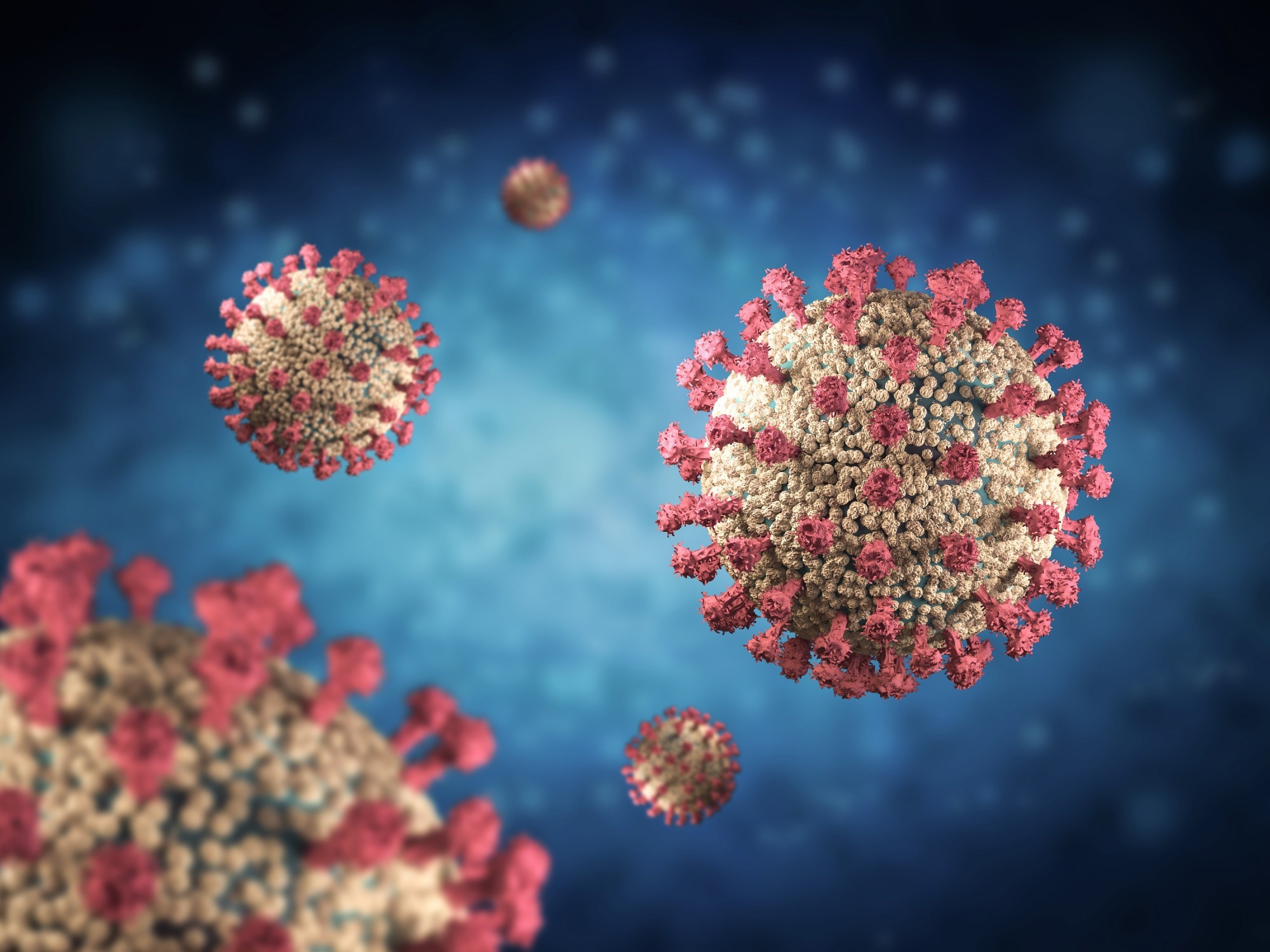In a recent study posted to the medRxiv* preprint server, researchers determine the clinical severity of the severe acute respiratory syndrome coronavirus 2 (SARS-CoV-2) Omicron sub-lineages BA.4.6, BQ.1, and BA.2.75 relative to BA.5 in England.
 Study: Risk of severe outcomes among Omicron sub-lineages BA.4.6, BA.2.75 and BQ.1 compared to BA.5 in England. Image Credit: Phonlamai Photo / Shutterstock.com
Study: Risk of severe outcomes among Omicron sub-lineages BA.4.6, BA.2.75 and BQ.1 compared to BA.5 in England. Image Credit: Phonlamai Photo / Shutterstock.com

 *Important notice: medRxiv publishes preliminary scientific reports that are not peer-reviewed and, therefore, should not be regarded as conclusive, guide clinical practice/health-related behavior, or treated as established information.
*Important notice: medRxiv publishes preliminary scientific reports that are not peer-reviewed and, therefore, should not be regarded as conclusive, guide clinical practice/health-related behavior, or treated as established information.
Does Omicron cause more severe infections?
Since the emergence of the SARS-CoV-2 Omicron variant in late 2021, numerous Omicron sub-lineages have emerged and spread internationally. The widespread transmission of Omicron sub-lineages has raised concerns about probable immune evasion to therapeutic agents and vaccines. The relative severity of infection with these sub-lineages remains unknown and further research is needed to guide public health interventions.
Previous studies have reported that SARS-CoV-2 Omicron infections are less severe than previously dominant Delta variant infections. More specifically, Omicron BA.2 infection appears to be less severe than BA.1 infection, whereas BA.5 and BA.4 infections exhibit similar severity to BA.2. Importantly, there remains a lack of knowledge on the severity of illness after infection with the most recent Omicron BA.4.6, BQ.1, and BA.2.75 sub-lineages.
About the study
In the current study, researchers compare the clinical severity of SARS-CoV-2 Omicron BA.4.6, BQ.1, and BA.2.75 infections to BA.5 among patients who presented to emergency care in England between August 1, 2022, to November 27, 2022, up to one day before and two weeks after testing positive for the coronavirus disease 2019 (COVID-19).
Patient data were obtained from the Second Generation Surveillance System (SGSS), which is a national monitoring system that stores test results from England diagnostic labs for notifiable infectious illnesses. Multivariable conditional regression assessments were used to evaluate the likelihood of hospital admission and mortality rates among subjects with Omicron sub-lineage infections as compared to Omicron BA.5 infections.
Study findings
Population one, which was the primary population for the study, comprised 10,375 SARS-CoV-2 infections, 5,207 of whom were hospitalized or died. Within this cohort, 1,564 individuals were infected with BQ.1, which exceeded the number of infections caused by BA.4.6 and BA.2.75 combined.
There was no evidence that individuals infected with the Omicron BA.4.6, BQ.1, and BA.2.75 sub-lineages had higher mortality or hospital admission rates than individuals with BA.5 infection. The proportion of deaths or hospitalizations was comparable across the four evaluated Omicron sub-lineages.
Patients aged 60 years or older, those who were either partially vaccinated or unvaccinated, and those with underlying medical conditions had higher hospitalization and death rates that were associated with Omicron BA.4.6, BA.5, BQ.1, and BA.2.75 variants.
Patients who experienced a SARS-CoV-2-linked outcome were older, with an average age of 72.5 years as compared to 56.8 years for controls. These patients were also more likely to be male than controls for all Omicron variants. Across all analyzed Omicron variants, 67.6% of both cases and controls had been vaccinated against COVID-19 in the previous three months.
A total of 6,417 COVID-19 cases were included in population two, 3,150 of whom died or were hospitalized. SARS-CoV-2.
After adjusting for confounding factors, the results suggested that people infected with the Omicron BQ.1 sub-lineage had higher admission or mortality rates; however, there was not enough data to confirm this association. Similarly, there was no evidence that those infected with the Omicron BA.4.6 and BA.2.75 sub-lineages had variations in mortality or hospital admission than those infected with the Omicron BA.5 variant.
Conclusions
The current study found no evidence that people infected with the SARS-CoV-2 Omicron sub-lineages BA.2.75, BA.4.6, and BQ.1 were at a greater risk of death or hospital admission than those infected with the Omicron BA.5 variant.
Nevertheless, the study findings emphasize the importance of continuing to monitor the emergence of novel SARS-CoV-2 variants and their clinical outcomes to guide public health responses, as future viral strains may not exhibit the same pattern as those included in the present analysis. The current study also highlights the crucial role of preventative measures like vaccination for high-risk populations, such as people with underlying health problems and those aged 60 years or older.

 *Important notice: medRxiv publishes preliminary scientific reports that are not peer-reviewed and, therefore, should not be regarded as conclusive, guide clinical practice/health-related behavior, or treated as established information.
*Important notice: medRxiv publishes preliminary scientific reports that are not peer-reviewed and, therefore, should not be regarded as conclusive, guide clinical practice/health-related behavior, or treated as established information.